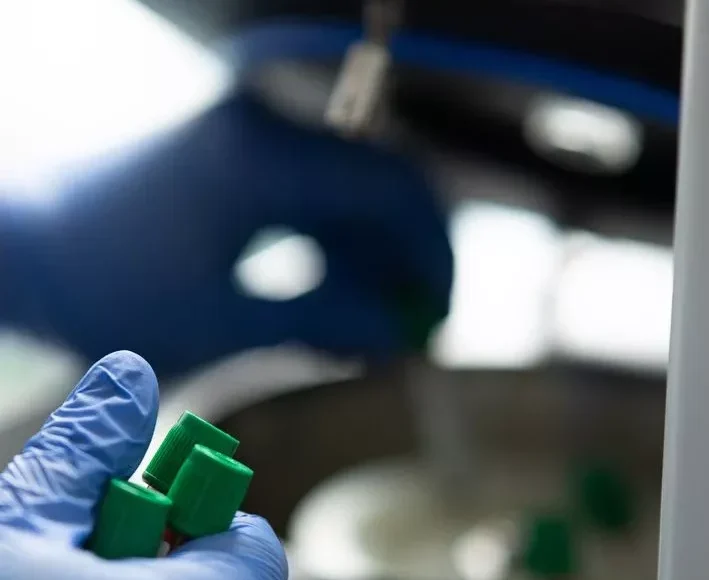
What Are Hair Cloning and Future Alternatives to Transplants?
What Are Hair Cloning and Future Alternatives to Transplants?
The Future of Hair Restoration:
Explore the future of hair restoration with hair cloning and emerging alternatives to traditional transplants. Learn about cutting-edge techniques, their potential benefits, and when they might become available.
Platelet-Rich Plasma
PRP treatment starts by taking a small blood sample from the patient, refining it to isolate a concentrated portion of the platelets, and injecting it into the scalp.
Exosome Therapy
Still in the experimental phase, exosome therapy harnesses nano-sized vesicles that carry genetic information and growth signals between cells.
Low-Level Laser Therapy (LLLT)
Low-level laser (light) therapy (LLLT) uses red light to stimulate blood flow and cellular activity in the scalp. Available in clinics and home-use devices,
Beyond Hair Loss: The Science of True Restoration
Let’s be honest—hair loss can feel like a slow, sneaky betrayal. One day, you’re rocking your favourite hairstyle confidently, and the next, you’re strategically adjusting the lighting in selfies or checking every mirror for that widening part. From a thinning crown to a receding hairline, hair loss is a common experience, but that doesn’t make it any less challenging.
Imagine a future where you don’t just manage hair loss—you undo it—no more borrowing follicles from one area to patch up another. No more calculating whether you’ve got enough “donor hair” to go around. The idea sounds straight out of a sci-fi film, but believe it or not, science is inching us closer to that reality.
There’s a quiet revolution happening behind lab doors, and it could transform everything we know about hair restoration. We’re talking about techniques that might regenerate your hair—naturally, permanently, and without surgery as we know it.
Understanding Hair Loss
Hair loss doesn’t discriminate. It affects men and women, young and old, and can strike due to several factors. While modern hair transplants have come a long way in delivering natural-looking results, they aren’t always a one-size-fits-all solution. The growing interest in regenerative science highlights the need for even more effective and less invasive treatments.
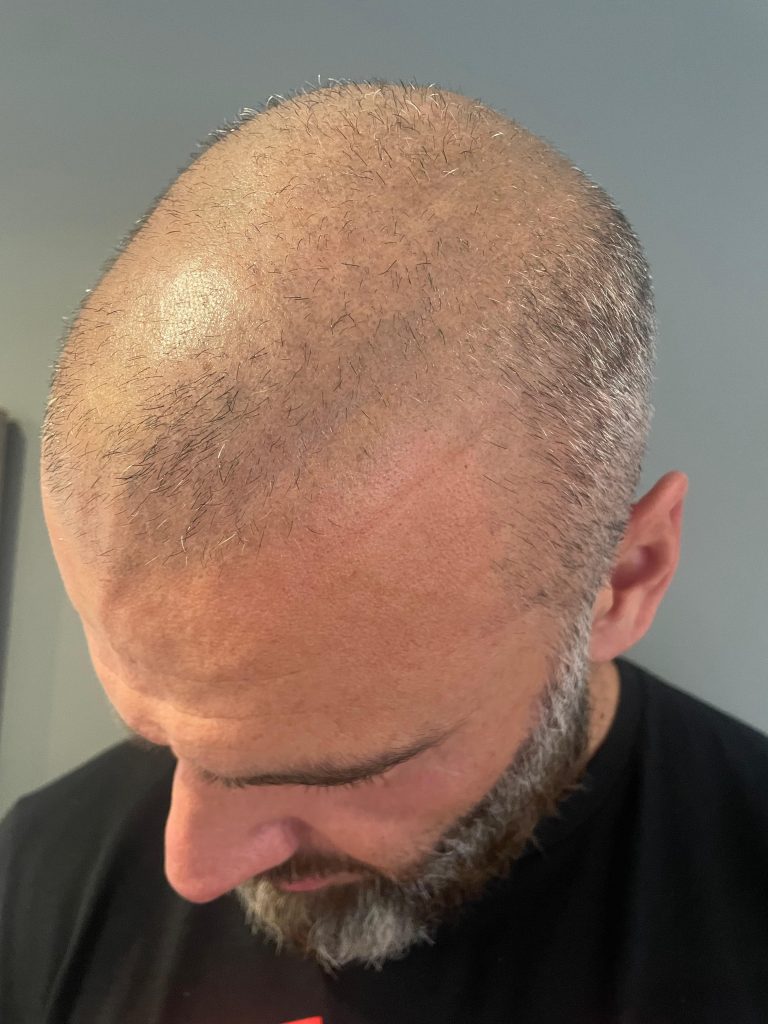
Common Causes of Hair Loss
The most known culprit behind hair loss is androgenetic alopecia, more popularly referred to as male or female pattern baldness. This genetic condition leads hair follicles to shrink gradually, resulting in hair thinning and baldness. Hormonal shifts, stress, nutritional deficiencies, underlying health issues, or the use of damaging hair treatments can also trigger hair loss.
Why Traditional Hair Transplants Aren’t Always Enough
Although techniques like Follicular Unit Extraction (FUE) and Follicular Unit Transplantation (FUT) have improved significantly, they still come with limitations. These include the availability of healthy donor hair, potential scarring, high costs, and the time required for recovery. For individuals with advanced hair loss or poor donor areas, a transplant may not even be a viable option. That’s where hair cloning steps into the spotlight.


- 2,190 Grafts
- 12 Months Post Op
What is Hair Cloning? The Science Behind It
Imagine being able to multiply your hair cells in a lab and implant them back into your scalp, effectively creating new hair. That’s the essence of hair cloning. It’s not science fiction—it’s a fast-evolving field of regenerative medicine that holds enormous promise for those seeking a permanent solution to hair loss.
Hair Cloning vs Hair Transplant:
Hair transplants involve relocating healthy hair follicles from a donor area (usually the back or sides of the scalp) to areas experiencing hair loss. In contrast, hair cloning involves taking a small sample of hair follicle cells, multiplying them in a laboratory, and re-implanting them into the scalp where they can generate new hair.
How Hair Cloning Works
The process typically begins with the extraction of dermal papilla cells—specialised cells at the base of hair follicles that are crucial for hair growth. These cells are then cultured and multiplied in controlled conditions. Once enough cells have been grown, they’re injected or implanted back into the scalp, where they ideally stimulate the formation of new hair follicles. If perfected, this technique could eliminate the problem of limited donor hair.
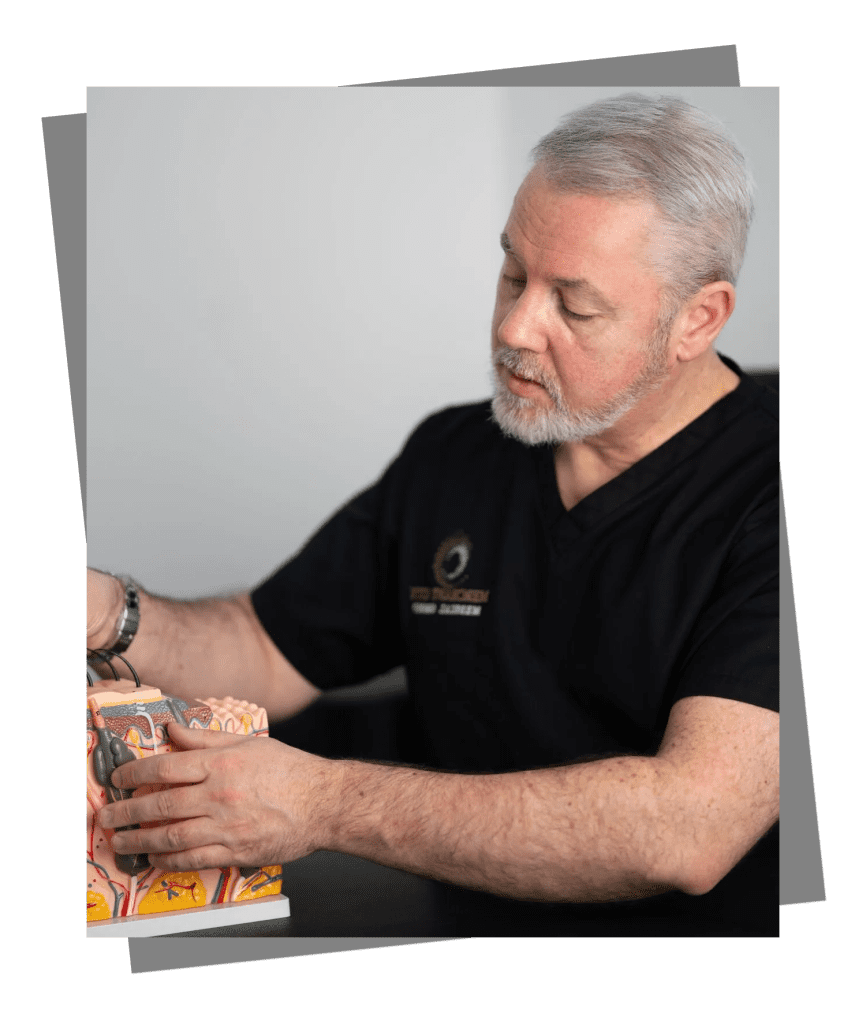
The Different Types of Hair Cloning Techniques in Development
While hair cloning is still largely experimental, several techniques are being tested in labs and early-stage clinical trials. These innovative approaches refine the process, aiming to improve efficacy and safety.
Follicular Cell Implantation (FCI)
This method extracts specific follicular cells and multiplies them outside the body. Then, they are reintroduced into the scalp to stimulate the surrounding tissue and generate new follicles. Although still in the research phase, FCI has shown early signs of promise in animal models and limited human studies.
Hair Multiplication with Stem Cells
Stem cell technology is being explored to regenerate damaged or dormant hair follicles. Using stem cells extracted from the patient’s body, researchers aim to cultivate new follicular units capable of natural growth cycles. However, ensuring these newly formed follicles grow in the right direction and produce the correct hair type remains a key challenge.
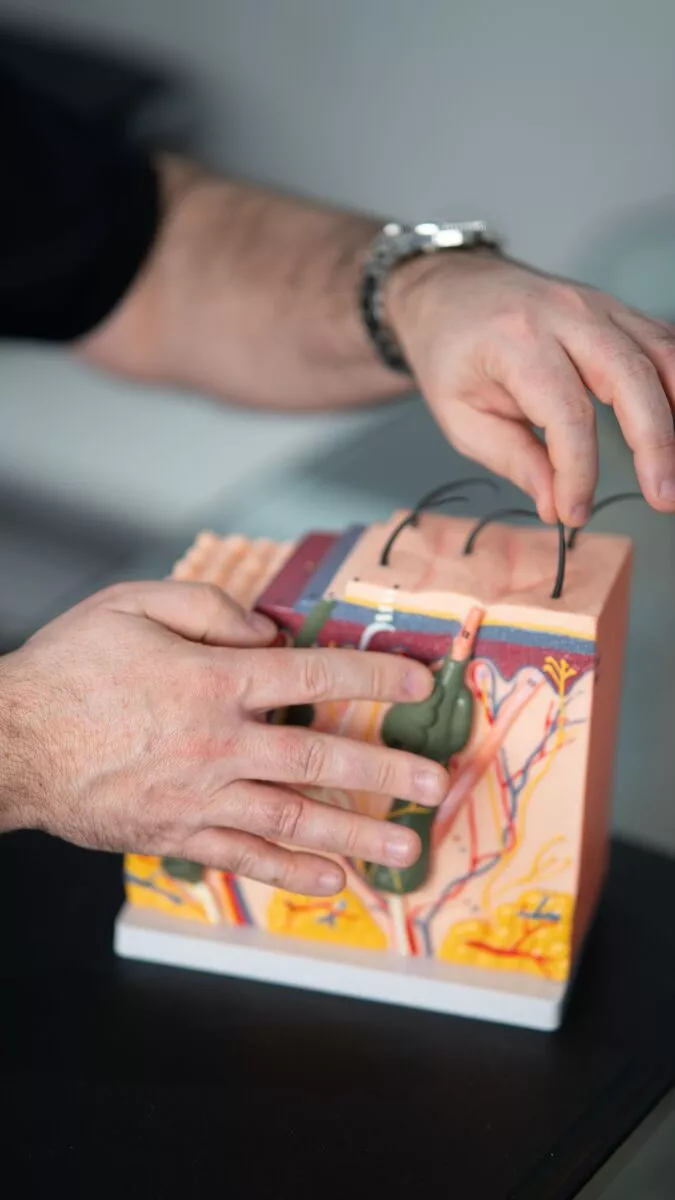
Hair Multiplication with Stem Cells
Stem cell technology is being explored to regenerate damaged or dormant hair follicles. Using stem cells extracted from the patient’s body, researchers aim to cultivate new follicular units capable of natural growth cycles. However, ensuring these newly formed follicles grow in the right direction and produce the correct hair type remains a key challenge.
3D Bioprinting and Tissue Engineering
This cutting-edge technique involves creating a 3D scaffold using bioprinting technology that mimics the natural structure of a hair follicle. Scientists then populate this scaffold with hair-forming cells to create a synthetic but fully functional follicle that can be implanted into the scalp. Although still in its infancy, this method’s implications are truly revolutionary.
Current Status of Hair Cloning in
2025
Hair cloning may sound like a miracle, but is it available today? As of 2025, the short answer is no, not just yet. However, the pace of research is accelerating, and we’re seeing significant progress in technology and clinical trials.
Is Hair Cloning Available to the Public Yet?
Hair cloning is not an approved medical treatment available to the general public. Most ongoing research is still in pre-clinical or early clinical stages. Countries like Japan, the United States, and the UK are at the forefront of hair regeneration research, with biotech firms and universities investing heavily in this field.
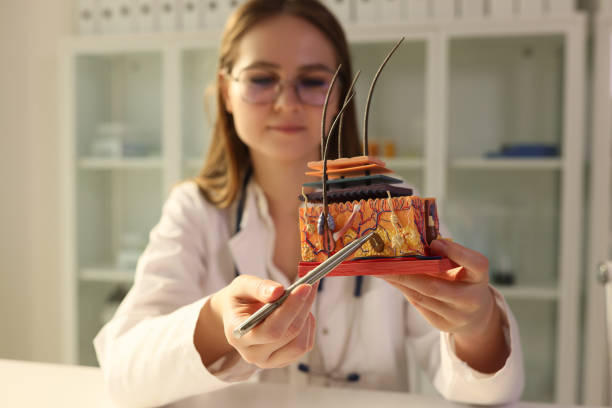
Challenges Preventing Mass Adoption
Despite the excitement, several hurdles must be overcome before hair cloning becomes mainstream. Regulatory approval is one of the biggest challenges, as safety and efficacy must be proven through rigorous trials. Cost is another concern—culturing cells in a lab is expensive and time-consuming. Furthermore, scientists are still fine-tuning how to ensure consistent, high-quality end results across different patients.
Other Future Alternatives to Traditional Hair Transplants
While we wait for hair cloning to hit the mainstream, several other emerging treatments show promise. These alternatives may not replace transplants yet, but they offer less invasive options ideal for individuals experiencing mild to moderate hair thinning.
Platelet-Rich Plasma (PRP)
Therapy
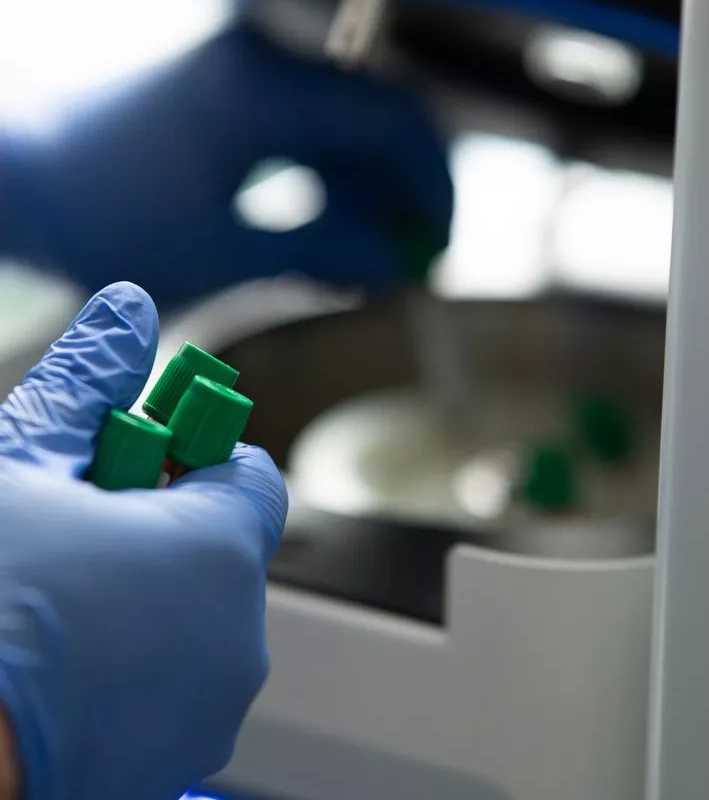
PRP treatment starts by taking a small blood sample from the patient, refining it to isolate a concentrated portion of the platelets, and injecting it into the scalp. These platelets are packed with enough growth factors to encourage new hair growth and strengthen follicle health. While not a cure, PRP is gaining popularity as a complementary treatment.
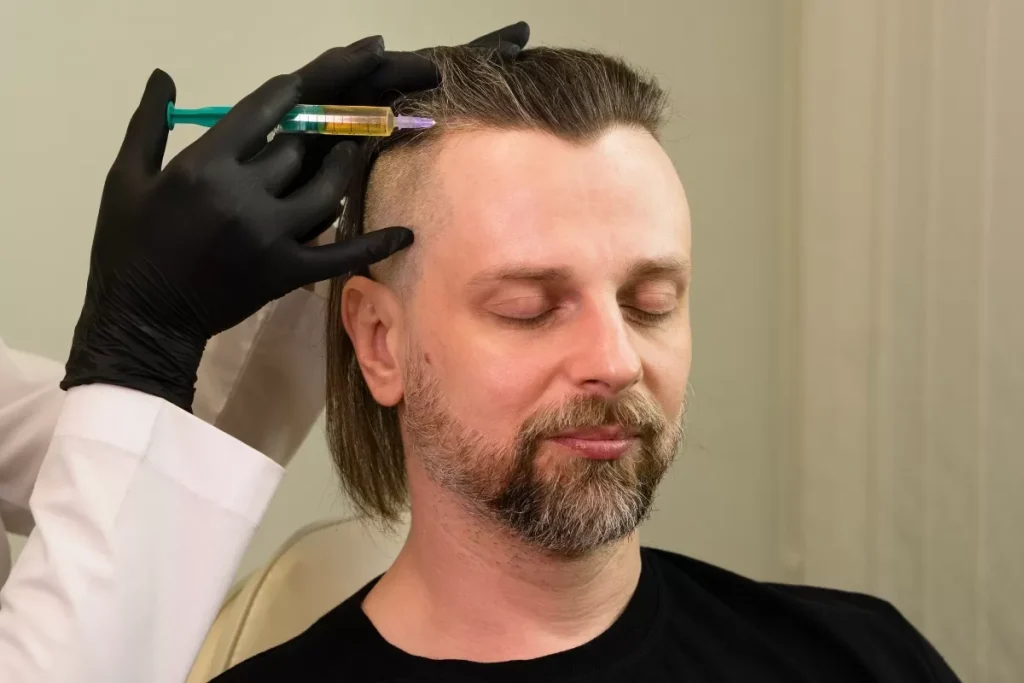
Exosome Therapy
experimental
exosome therapy harnesses nano-sized vesicles that carry genetic information and growth signals between cells. When injected into the scalp, exosomes may help rejuvenate dormant hair follicles and promote new growth. Clinical data is still limited, but early results are encouraging.
Low-Level Laser Therapy (LLLT)
& genuine Reviews
Low-level laser (light) therapy (LLLT) uses red light to stimulate blood flow and cellular activity in the scalp. Available in clinics and home-use devices, it’s a non-invasive option that can slow hair loss and improve hair thickness when used consistently.
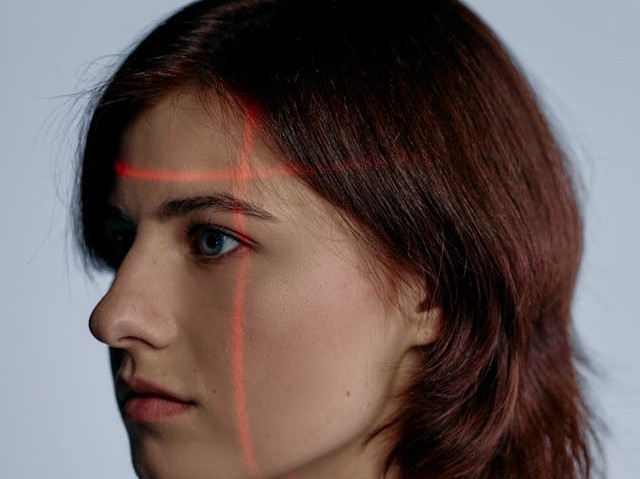
Biotech-Enhanced Topical
& Oral Medications

Next-generation versions of Minoxidil and Finasteride are being developed to offer more targeted effects with fewer side effects. Some biotech firms are exploring topical formulas enhanced with micro-needling or nanotechnology to improve absorption and effectiveness.
Comparing Hair Cloning and Traditional Hair Transplants
So, how does hair cloning compare to tried-and-tested transplant methods? While the science is still evolving, the potential benefits and trade-offs are worth considering.
| Feature | Hair Cloning | Hair Transplant |
|---|---|---|
| Availability | Not yet available | Widely available |
| Donor Hair Required | No | Yes |
| Invasiveness | Surgical procedure | Surgical procedure |
| Recovery Time | Shorter (potentially) | Moderate |
| Cost (Currently) | High (when available) | Varies |
Hair Cloning advantages and disadvantages
- Potential to treat extensive baldness
- Minimal scarring
- It could be a permanent solution.
- Still under development
- High cost upon release
- Not guaranteed to work for everyone
Who Will Benefit Most from Hair Cloning in the Future?
Those with widespread hair loss, limited donor supply, or scarring from previous procedures could benefit immensely. It may also appeal to individuals who want a minimally invasive, long-term solution without undergoing multiple surgeries.
Why Choose Merchant City Medical Group for Your Hair Restoration Journey
Pros.
- Expert Surgeons
- Best Clinics
- Flexible Financing
- Post-Surgery Care
Merchant City Medical Group
At Merchant City Medical Group, we combine medical expertise with cutting-edge technology to offer exceptional hair restoration services. Our team is committed to delivering natural, lasting results restoring hair and confidence.
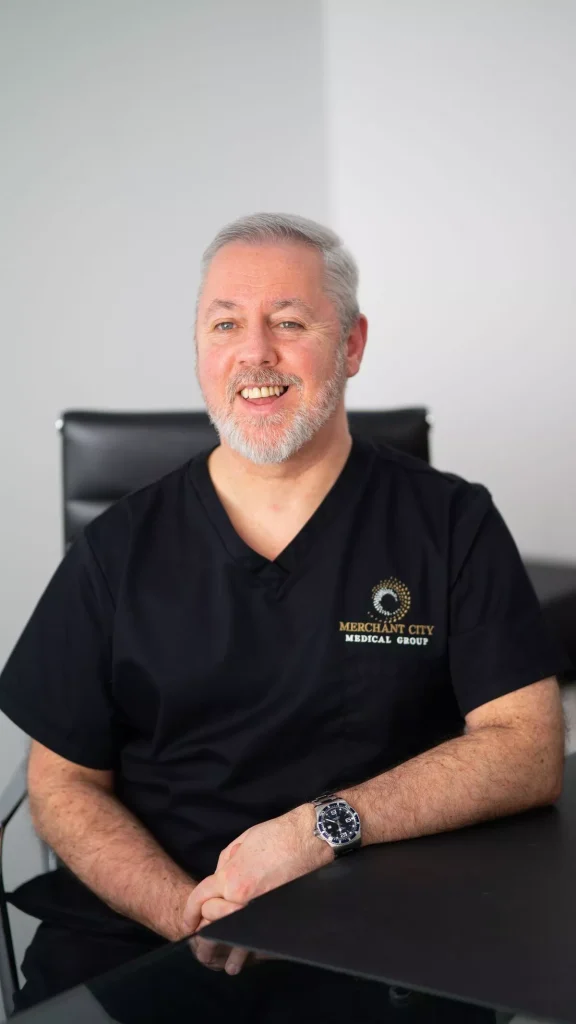
Advanced FUE and Beard Transplant Specialists
We specialise in minimally invasive FUE hair and beard transplants, performed by experienced surgeons using the latest techniques. Each treatment is tailored to the individual, ensuring the most natural outcome possible.
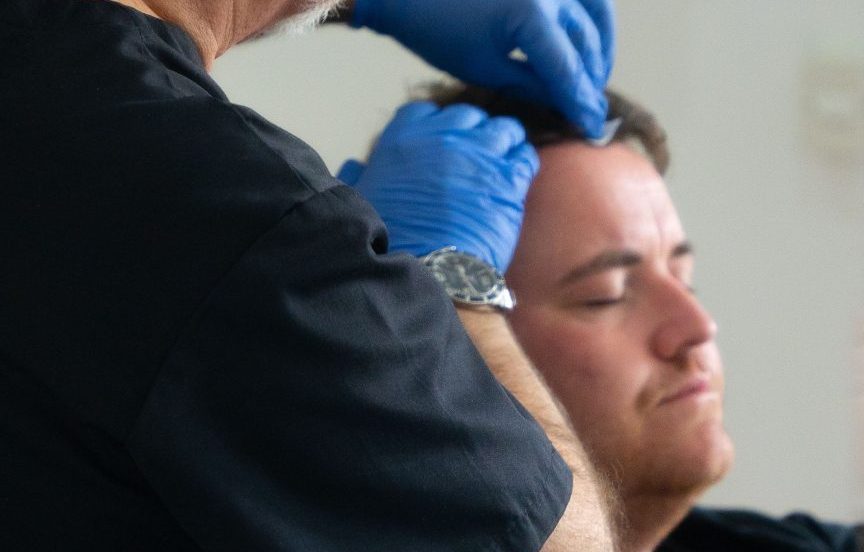
Tailored Treatment Plans
Our comprehensive approach includes detailed consultations, realistic expectations

Post-Procedure Support
Our comprehensive approach includes detailed consultations, realistic expectations, and continued support throughout your journey. From the first conversation to final follow-up, your care is our priority.
The Promise of Hair Cloning and What You Can Do Now
Hair cloning represents a bold new frontier in the treatment of hair loss. Although it’s not yet available, the advances today are laying the groundwork for revolutionary solutions. Until then, proven treatments like FUE and PRP can offer excellent results, especially when carried out by experienced professionals. For those seeking personalised, high-quality care, Merchant City Medical Group is here to help you confidently look ahead.
Book your free consultation today and take the first step toward a fuller, more confident you!
Excellence Record
- 30+ Years of combined experience
- 10 + Experts
- 1000 + Satisfied Patients




